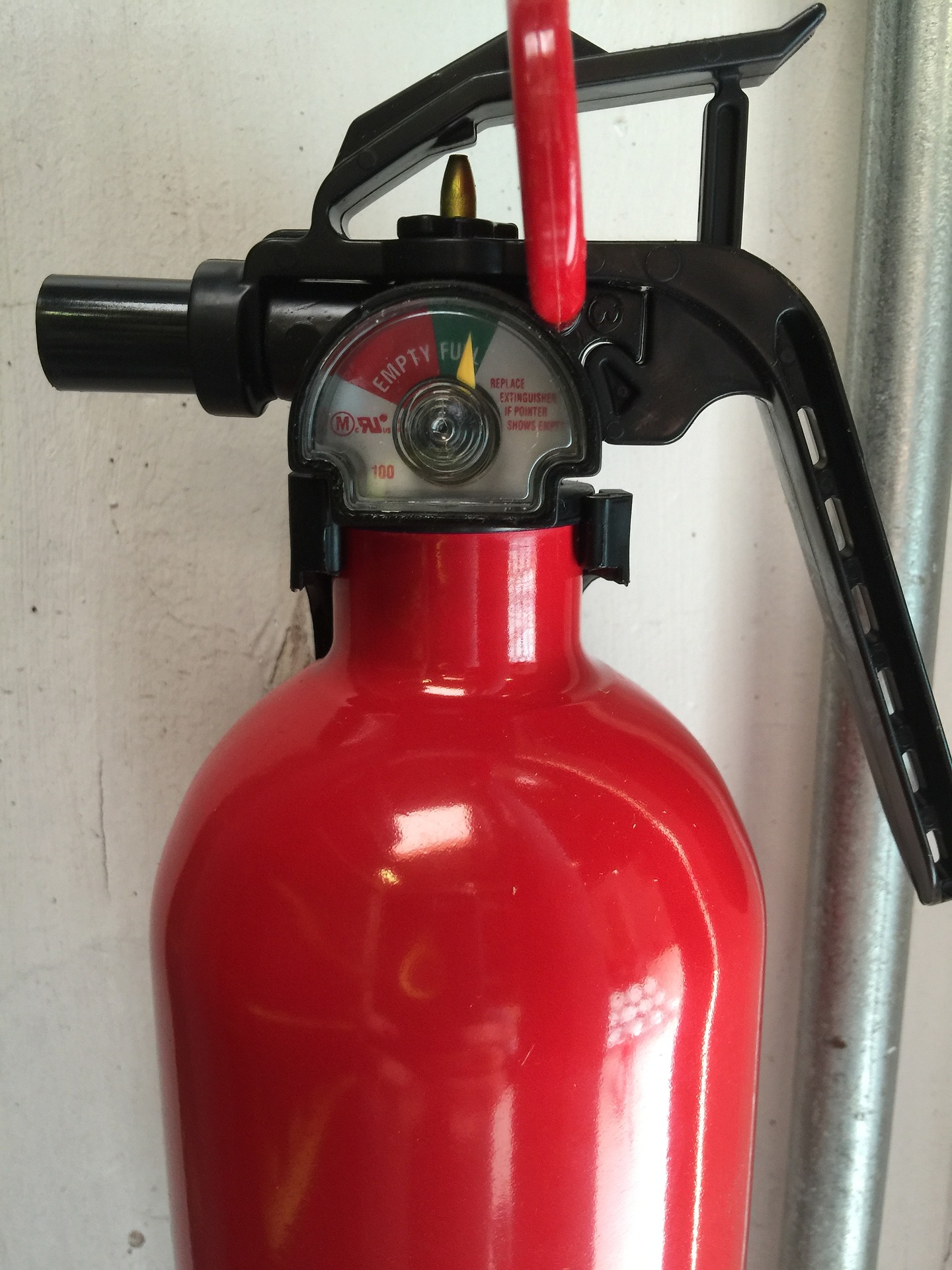Fires, your house and you!
House fire news headlines--you read them all the time. “Man killed in house fire!” “Family escapes large house fire!” “House escapes house fire!” What? What was that last headline—a house escapes the fire? Yes, that would have been the headline if my house fire story made the local paper when I was in college. The fire chief told us that they rarely saw fires like ours, in such an early stage. An electrical short in a bedroom wall started smoldering. It cut the power around 1:00 am and familiar nighttime sounds like the air cleaner and a white noise machine stopped, waking the children in that room. Something was wrong so they alerted an older sibling and then Dad. He checked it out and hints of smoke moving along the floor sent him to the phone. Mom waited outside in our mid-size car filled with four children and a dog while the fire fighters quietly arrived minutes later, found the source with a thermal imaging camera, and promptly extinguished the deadly flame. It had burned a small hole in our vinyl siding and, had help not arrived when it did, the blowing winds would have whipped up flames that would have taken the house and more.
Fire—it is hot, dark, deadly, and fast-moving. It does not discriminate. Do not aid and abet its destructive ways. Protect yourself and your family with knowledge, practice, and resources. First, make an escape plan. You only have up to four minutes to get out of your house safely in today’s world compared to seventeen minutes for families thirty years ago. An escape route is essential for the safety of your family. Each room should have two ways to enter and exit; each bedroom and floor should have a smoke alarm; and you should practice your escape route—standing up and also crawling along the floor—twice a year. Why such a short time for escaping a home fire in today’s world? Today’s homes have more open floor plans and are built and decorated with synthetic materials, both feed the flames quicker. You might want to take another look at your home furnishings, the flame retardants used, the age and condition of your appliances, and your home’s electrical wiring to make sure they are up to current building codes. Smoke detectors save lives; consider connecting yours so that when one goes off they all go off for quicker notification and escape. Read more about single stations vs. multiple wireless smoke detector systems here.
 Second, educate your family on fire safety so that should the time come, they will be prepared to use common sense in facing any serious situation. Respect fire; do not play with it. Know what smoke detectors sound like and what to do when they go off. Cook safely—do not leave the stove or oven unattended while in use. If a kitchen fire starts in a pan, cover it with a lid to cut off the supply of oxygen. Keep a fire extinguisher in the kitchen, maintain it, and know how to use it. If a room doorknob is hot, there is fire on the other side. Look for another escape route. If your clothes catch fire, Stop, Drop, and Roll to put out the flame.
Second, educate your family on fire safety so that should the time come, they will be prepared to use common sense in facing any serious situation. Respect fire; do not play with it. Know what smoke detectors sound like and what to do when they go off. Cook safely—do not leave the stove or oven unattended while in use. If a kitchen fire starts in a pan, cover it with a lid to cut off the supply of oxygen. Keep a fire extinguisher in the kitchen, maintain it, and know how to use it. If a room doorknob is hot, there is fire on the other side. Look for another escape route. If your clothes catch fire, Stop, Drop, and Roll to put out the flame.
Lastly, check out the previously mentioned links for helpful resources on fire safety including articles; videos; printable checklists and fact sheets; tips for your kids, pets, and people who may need extra help; what you need to know before, during, and after a fire; and more. Read. Ask questions. Find answers. Talk with your family and practice what you need to know. My family had a plan and we had smoke detectors. We talked about fire safety and where to go if fire struck, but electrical wires that weren’t old failed in the early hours of the morning. Fires come when you least expect them, so do your best to be ready. Be safe.
CREDIT: Skeeze @pixabay.com
MikalaPila @pixabay.com

